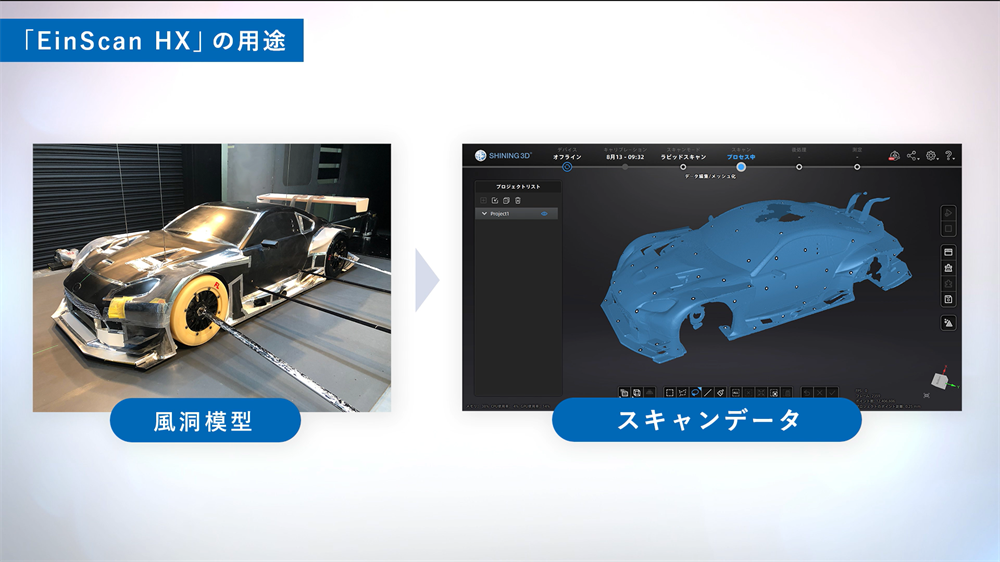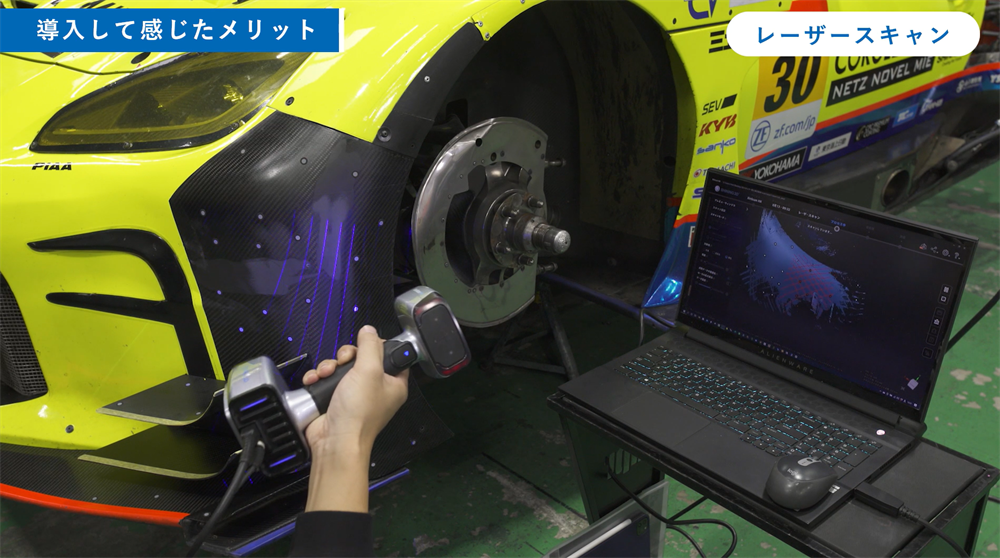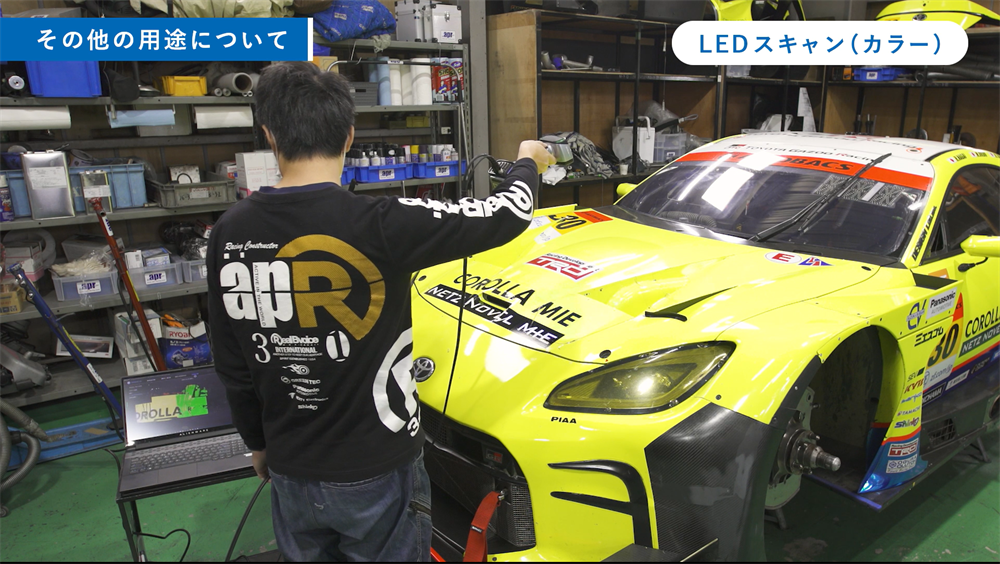The advancement of 3D scanning is transforming racing car manufacturing. APR, a global leader in performance aftermarket products for diverse vehicles, is at the forefront of this change. With over two decades of experience in designing, manufacturing, developing, and maintaining racing cars, APR leverages 3D scanning technology to speed up development and increase efficiency.
In this article, we will discuss the reasons why the company chose to invest in a 3D scanner, the advantages it provides, and the impact it has had on the development and efficiency of their racing car projects.
Chanllenges Posted by Outsourcing Scanning and Wind Tunnel Test
In pursuit of the aerodynamic performance of racing cars, APR has built experimental wind tunnel models for testing. Wind tunnel testing is an extremely time and money consuming process, and the results can be inaccurate due to multiple variables. In addition, in the past, APR’s scanning process for wind tunnel models was outsourced. This brought with it the disadvantage of long turnaround times. Due to the nature of the business, scans could only be created and delivered in high resolution and large scale scans. This resulted in customers not being able to efficiently obtain the data they needed.
APR saw the acquisition of the EinScan HX hybrid light source handheld 3D scanner as an ideal solution. In fact, APR’s representatives had previously witnessed the outsourcer’s scanning tasks, which typically took an entire day to accomplish. However, when the EinScan scanner was brought to APR’s garage for scanning, they were astounded by its exceptional performance. With the use of the EinScan, they could swiftly scan the necessary parts, producing high-quality data in mere minutes.
What Does APR Gain from EinScan HX in Racing Car Development
The introduction of the EinScan HX Hybrid Light Source Handheld 3D Scanner has greatly improved work efficiency for APR, because it eliminates the intermediate link of outsourcing delivery.
With a simple setup of a PC and power cord connection, scanning can immediately commence. The scanned data can be instantly imported into CAD software for design work.
Wind tunnel models include black, white and plated areas, and the EinScan HX handles these different surfaces well. It’s worth mentioning that the scan mode in bule LED light allows scanning without using marker points. The high precision of EinScan HX makes the scanning data very accurate and requires no re-measurement.

Wind tunnel model and scanning data

Laser scanning with markers

Bule LED light scanning without markers
Another advantage of using Einscan HX to improve the aerodynamic performance of a racing car is the ease of performing CFD simulation tests, which requires importing a 3D model into the CFD simulation software. The investment cost of CFD is much lower than wind tunnel test, and the operation is more safe. The visualized test data in the CFD simulation software facilitates modifying the design and repeating the tests until the simulation results are satisfactory.
EinScan HX also plays a role in the car repair business of APR. Acquiring old car parts can be a costly endeavor, often costing hundreds of thousands of yen. However, with the help of a 3D scanner, broken originals can be scanned, repaired in 3D softwares, and molded using a 3D printer to produce new parts. “We aim to offer these parts online and turn it into a profitable business model “, stated the company owner.
APR’s investment in 3D scanning technology has obviously revitalized its racing parts development program. With the aim of incorporating a seamless system from scanning to 3D printing, APR and Shining 3D are collaborating to make this vision a reality.





